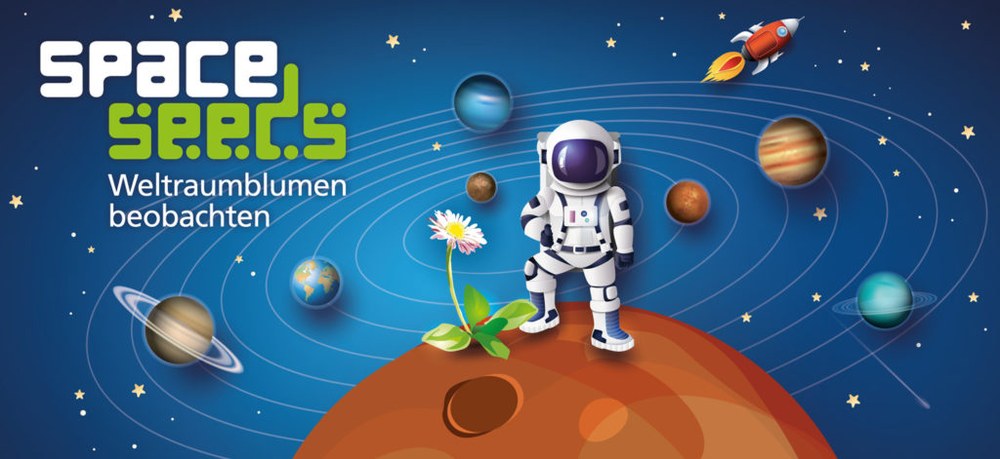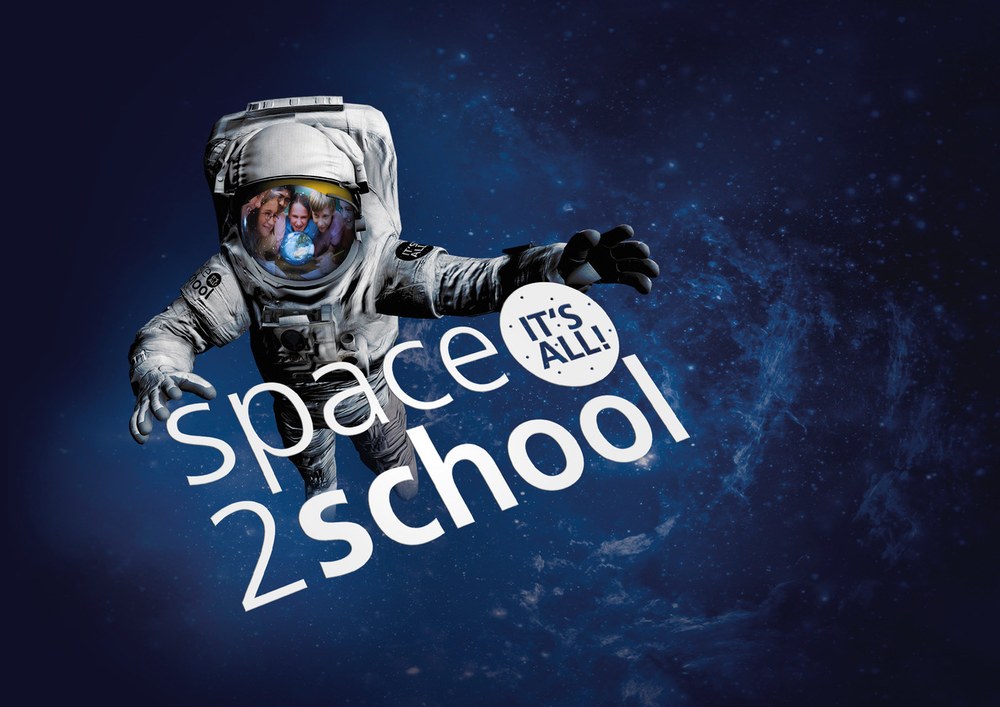School and youth projects
'Space Seeds' – wildflower seeds travel to space

Primary school children can conduct their first experiments and discoveries in our hands-on activity 'pace Seeds – Observing Space Flowers'. Using wildflower seeds that ESA astronaut Alexander Gerst took to the ISS on his 'Horizons' mission, third and fourth-grade students can investigate whether travelling into space has changed the flowers. There are also posters and craft materials for primary schools explaining the Solar System.
Pupils in lower and upper secondary education also get their money's worth with school materials on robotics, satellite communications and Earth observation awaiting to be discovered. Students learn about Earth observation data in educational modules that introduce the use of satellite images step by step. The content and level of difficulty are tailored to the learner's individual abilities. Children and adolescents explore a wide variety of habitats. Drought in California, life on a volcano or energy consumption around the rivers Rhine, Ruhr, Meuse and Scheldt are just some of the many topics covered.
Where is robot technology used in everyday life and how do you build a robotic gripper? The teaching material from the German Space Agency at DLR and Klett MINT GmbH provides an engaging approach to STEM subjects and enables students to gain their own practical experience. Further teaching material on satellite technology and navigation is being developed.

'Beschützer der Erde' competition seeks creative ideas for environmental and species protection
The Beschützer der Erde (Earth Protectors) competition is looking for creative ideas to protect Earth and its biodiversity. With projects such as 'Light pollution in Bonn', 'Less plastic is the sea' (Weniger Plastik ist Meer) or 'Breakfast without rubbish', schoolchildren have already succeeded in implementing sustainable projects for our planet. In the competition, school groups explore a specific habitat and design a project to protect that environment.
Help comes from space: Earth observation data provides information about the Earth's current state. ESA astronaut Alexander Gerst was an ambassador for the competition in 2014 and 2018 while he was in space. Each round of the competition is aimed at different age groups.
The touring exhibition INNOspaceEXPO 'ALL.täglich!' offers students an insight into the impact of space technologies on our everyday lives at various locations across Germany. Innovations from spaceflight such as Velcro fasteners, car navigation systems and live television broadcasts have long since become an integral part of our daily lives. The supporting teaching material and a quiz for year 9 and above pupils provide the ideal preparation and follow-up for an excursion to the exhibition.
All topics of the school projects can be found on the German Space Agency's 'space2school' portal.
Contact
Alexandra Herzog

